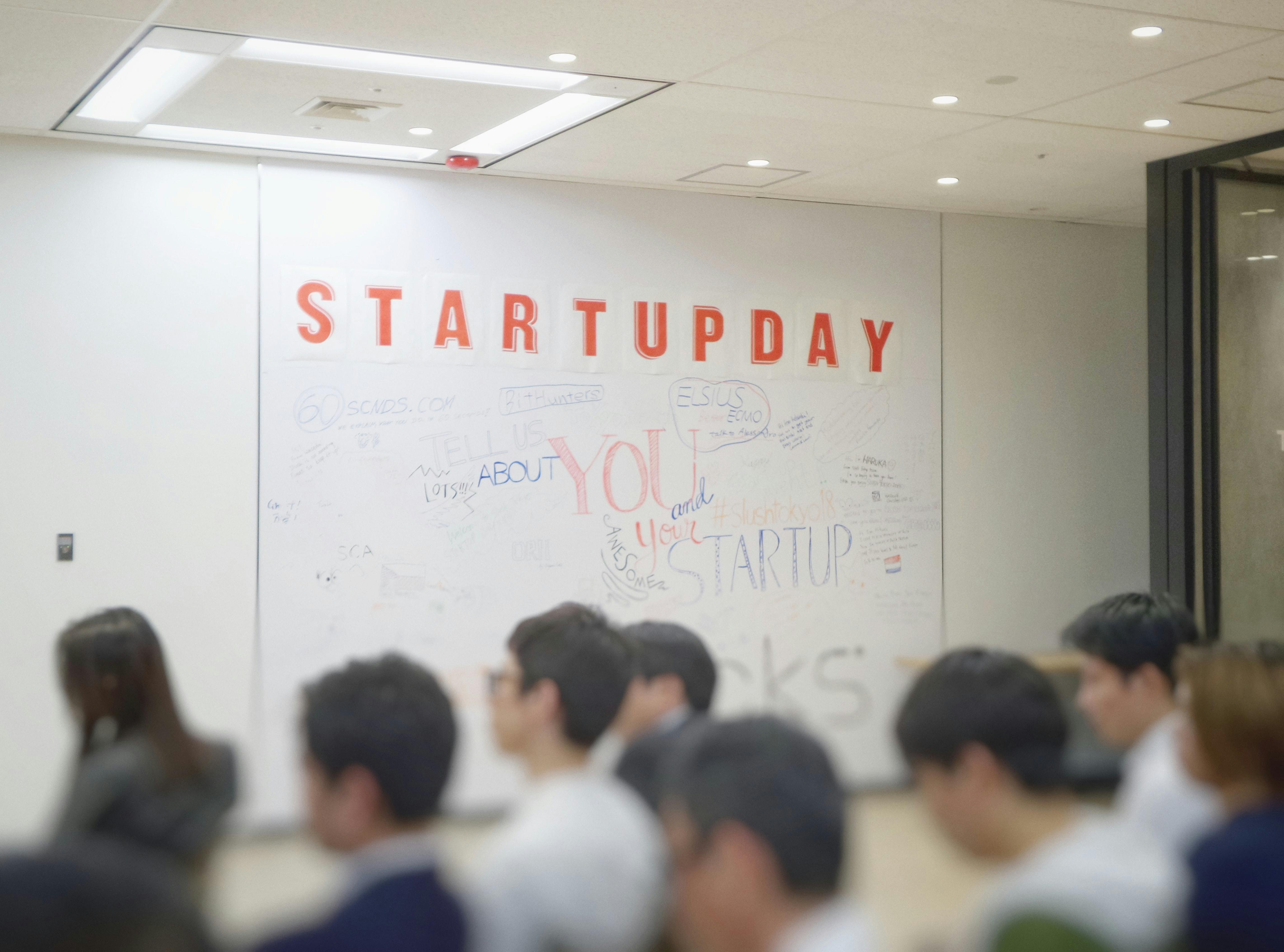Startup Funding Rounds Explained

How exactly do startups and investors come together to turn grand visions into reality? More often than not, the process unfolds in stages or rounds, with each step between rounds both bigger than the previous round and moving in a slightly different direction. This guide explains the process in some detail.
Pre-Seed Funding
This round of funding is different from subsequent rounds in that there typically isn’t an offer of equity to investors. That’s because the investors in the pre-seed round tend to be the founders themselves. The pre-seed stage is where founders (and sometimes their friends and family) put their own cash into the startup idea. If the idea has merit and the founders stick with it, there’s a decent chance the startup will make it to the seed round.
The Seed Round
This is the first round in startup funding where equity in the company is offered to investors in exchange for cash. As a result, it’s also the first round where the company’s valuation must be formally assessed.
Read more:
How does an early stage investor value a startup?
The purpose of the seed round is to provide the financial support needed to grow a business from seed to sapling. Seed round money is typically used for early product development and detailed market research, and it pays the salaries of the founding team as they complete these critical tasks.
Seed round investors could, again, be the founders themselves but at this stage the company will start to be divided up into shares. It’s likely that incubators and other venture capital providers like angel investors will write cheques at the seed stage. Investors here are looking to put money into early-stage companies with grand visions. The risks are high, but by taking equity in the company at this stage, investors are hoping to eventually see a huge profit.
The amount raised in the seed stage will depend on the startup’s goals. It ranges from anywhere as little as $10,000 all the way to $2 million. For some companies, the seed round is the only funding they will ever take as the money will be enough to get the company generating revenue on its own and the founders won’t see a need for further dilution of their shares.
Series A
Companies that can demonstrate success using key performance indicators like growing user base and established revenue may seek funding to further develop their core product and expand their user base. Series A funding is sometimes used to scale the existing successful product into wider markets, but series A funding is still largely considered early development money. At this stage a startup is looking to move from sapling to small tree.
Investors at this stage, who tend to come from more traditional venture capital firms, are looking for more than just grand visions. They also want to see a concrete plan for how the company moves to long-term profitability across wider markets.
The amount raised in a Series A round ranges from $2 million to $15 million.
Series B
At this stage, funding is most often used to grow what is now a proven-successful business. Investors are looking to take the established core product to a much larger audience, so money at this stage is typically used to expand the team and move into wider markets.
Investors at this stage are usually the same as Series A, but may expand to include a wider set of venture capitalists who specialize in later stage investing.
The amount raised in series B is similar to series A, at between $5-10 million.
Series C
At this stage of funding, the numbers typically balloon significantly. The company’s success is now readily apparent to seasoned investors, so the idea here is to pump more money in, usually with the goal of seriously scaling, likely taking the company global. Series C funding may also be used to buy a competitor in an adjacent market, thereby adding that competitor’s product, team, and user base. To continue the metaphor, series C looks to take a company from a single large tree to an entire forest.
Investors at this stage tend to be larger entities like hedge funds, private equity firms, and even investment banks. Companies at this stage raise an average of $25 million and tend to have valuations in the hundreds of millions.
Beyond Series C
Startups rarely go beyond series C funding rounds, but more rounds certainly are possible. Additional rounds beyond series C are typically used to boost a company’s valuation in anticipation of an IPO.
Wrap Up
Startups may never go beyond seed funding, or they may continue to pump millions of dollars into their business before reaching IPO. Either way, the “series model” for investing in startups exists as an important formula for going from grand vision to grand reality.